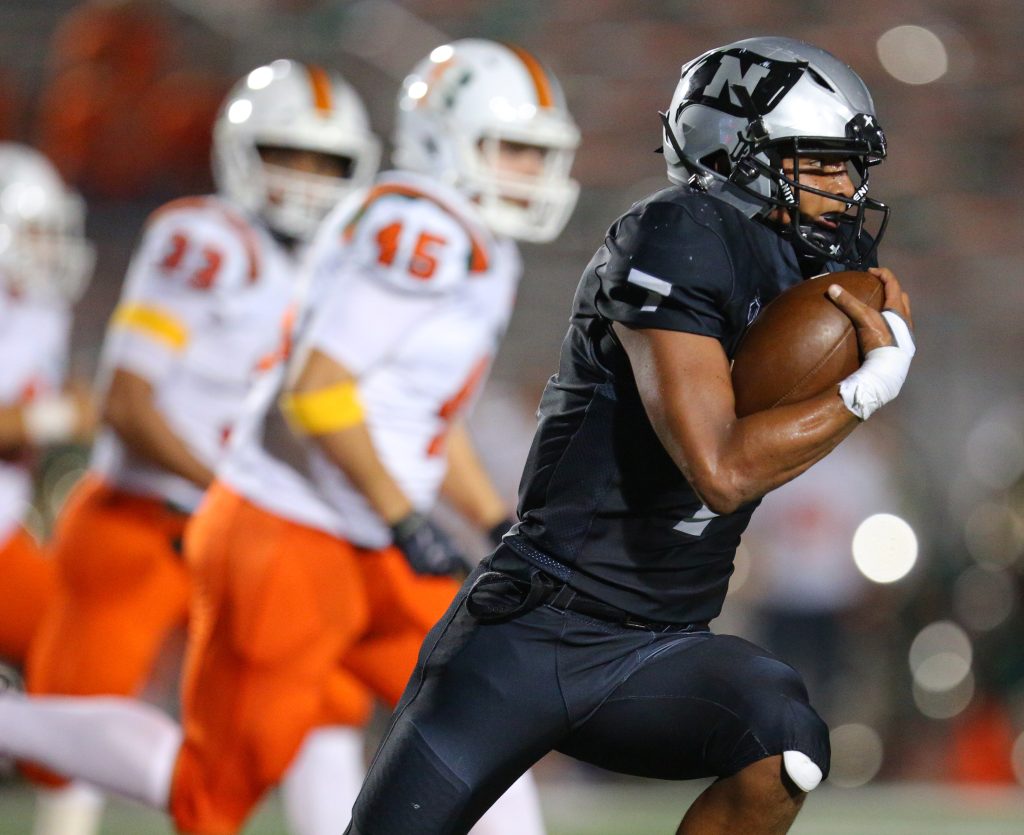McALLEN — Schools throughout the Rio Grande Valley find themselves in a precarious position when it comes to mapping out the road ahead for high school athletics in the midst of an intractable novel coronavirus pandemic which has shook South Texas in recent weeks.
After a string of public health orders forced school districts in the Corpus Christi, El Paso and Laredo metro areas to shutter their summer strength and conditioning programs, a Cameron County public health order banned on-campus instruction and practices at local schools until Sept. 8 and a separate Hidalgo County public health order extended its deadline until Sept. 27.
Both Cameron and Hidalgo County public health orders were released Tuesday, which led local coaches to speculate what might lie ahead.
Starr County coaches expected a similar and imminent order, which was handed down Wednesday and matches Hidalgo County’s Sept. 27 target return-to-campus date.
With weeks of uncertainty lying ahead, many area coaches and athletic directors are beginning to embrace the University Interscholastic League’s revamped eligibility guidelines with many favoring the updated requirements for when and if high school sports resume this year.
“I was really pleased with that announcement because I think it gave everybody an even playing field in regards to those that may be having trouble getting on virtually. We kind of just assume everybody has access to computers and the internet,” McAllen ISD Athletic Director Paula Gonzalez said.
“We have had conversations in regards to if we start school, for example, and we do both face-to-face and distance learning, are we going to allow those that are doing distance learning the opportunity to also compete? We had discussed that informally, of course, but our answer was going to be yes. We want you to participate in athletics if you choose to and if you want to, but the important thing would be that you’re a part of our face-to-face instruction or our virtual instruction, which would make you eligible once again if you’ve fulfilled all the other requirements to compete.”
The UIL’s updated 2020-21 eligibility guidelines, revealed last Friday, stipulate that the organization will recognize student-athletes’ eligibility whether they choose to attend in-person, face-to-face instruction, utilize remote, virtual learning alternatives or select a combination approach.
“We really haven’t discussed any of that (yet), although I have discussed it with our principal. If they chose remote learning, obviously they’d be eligible,” Mercedes athletic coordinator and head football coach Roger Adame said.
“If the UIL says that they’re eligible, then we’re going to go ahead and let them participate. We’ll rely on the UIL for more guidance on that, but since they already released it, we feel pretty confident in going with what they’re giving us just to be on the safe side.”
The UIL’s update, however, carried a caveat that local school districts would be empowered to make the final decision on the eligibility status of their student-athletes and would allow districts to require athletes to attend on-campus classes to participate in any school-sponsored extracurricular activities.
There are several South Texas school districts, though, that have expressed reservations and appear to be leaning toward mandating at least a combination of in-person classes and remote learning for students who wish to participate in athletics and extracurriculars.
“There have been some conversations among school districts that with some school districts (saying), unless you’re at least part-time at school, then you will not be able to participate in sports if you’re, say for instance, 100% virtual,” PSJA High athletic coordinator and head football coach Lupe Rodriguez said.
“To me, I feel that either way, and it would be difficult to stay on top of it if you were full-time virtual, but I think that’s why they made it. In our situation after Sept. 27, they will not allow anybody to start activities until you’re back at school, so I think that kind of helps more to maintain that and I think that’s the right direction those city officials (chose to go). Those are tough decisions, but either way there’s not a right or wrong answer, we’ve just got to go with it and hopefully it works out.”
But while schools still have a few weeks to decide where they stand and many have yet to initiate this particular conversation many coaches and school officials voiced support for extending eligibility to remote learning students.
“I have not talked with our AD yet on that. But I’ll tell you what, I’m comfortable with a virtual learning setup and being allowed to play because what are we trying to accomplish? Is it avoiding having so many kids at school? Well, that’s the best way of doing it, and it allows our athletes to at least have some kind of season, especially our varsity kids, if that happens,” Rio Grande City athletic coordinator and head football coach Leo Mireles said.
“It’s a big difference having 60 varsity players at school and going to practice and then back home than if you’re able to do all your school work (from home) instead of having 2,000 kids on campus. If you have a student who is out and about on the weekends or at the island and they test positive and because of him we have to shut down the whole school, that’s a real tough thing for our athletes to be at fault for something like that.”
Twitter: @ByAndyMcCulloch

